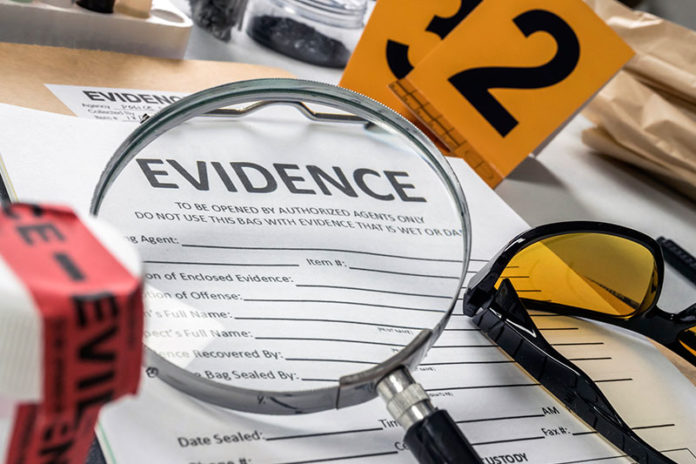Chicago, which was already in the midst of a spike in murderous conduct, has also seen violent demonstrations that included clashes between police and protesters. If those weren’t enough, it suffered looting sprees that culminated in mass destruction and larceny downtown early Monday morning. And anytime there are outbreaks of violence, glib explanations are never far behind.
Donald Trump blames Democratic Mayor Lori Lightfoot for the wave of crime. She and her police superintendent pointed the finger at prosecutors and judges for going easy on offenders. John Catanzara, head of the Chicago police union, puts the blame on anti-police sentiment, which has allegedly sapped officers’ morale.
But crime and violence have complicated causes, and any simple diagnosis is likely to be deficient, if not entirely wrong. In this case, there is no reason to put much stock in these claims.
That there is a problem is not in dispute. In the first seven months of the year, the number of murders in Chicago rose by 51%, with shootings up by 47%. July was Chicago’s bloodiest month in 28 years. The mayhem on Michigan Avenue and other downtown areas was a particular shock, hitting an area normally removed from the violence that plagues many poor neighborhoods.
But Chicago isn’t unusual. The Wall Street Journal recently documented double-digit increases in homicides in 36 of the 50 largest U.S. cities. The biggest percentage jump came in Austin, followed by Chicago, Fort Worth, San Antonio, Phoenix and Philadelphia. In the 50 biggest cities, the total number rose by 24%.
Many of them have Democratic mayors. But the Journal noted, “Homicides are rising at a double-digit rate in most of the big cities run by Republicans, including Miami, San Diego, Omaha, Tulsa, Okla., and Jacksonville, Fla.”
Not all crime, however, has climbed. This year, the Chicago Police Department says, thefts have dropped by 26% and criminal sexual assaults by 19%. “Additionally, robbery, theft and motor vehicle theft in Chicago remain at 20-year lows,” it reports.
The truth is that trends in crime rarely fit tidy theories. Police tactics are not necessarily decisive. Relentless employment of “stop and frisk” got credit for the huge drop in crime in New York City — but when a judge ordered an end to it, crime kept falling.
The collapse of the U.S. economy may play a role, but that’s far from certain. During the Great Recession of 2007-2009, both violent crime and property crime subsided.
Nor does the evidence from Chicago support the belief that leniency by prosecutors and judges has given violent criminals an open field. State’s attorney Kim Foxx, it’s true, has dropped charges in more homicide and felony sex crime cases more often than her predecessor, Anita Alvarez, did.
But Foxx’s office says that in her first three years, she got 2,700 more convictions related to violent felonies than Alvarez did in her last three years. In cases involving gun violence, homicide, sex crimes, aggravated battery, violence against police officers, robbery, domestic battery and kidnapping, her reported conviction rate is higher than Alvarez’s.
Maybe the cases she drops are weak ones.
As for judges releasing accused offenders on lower or no bail, a Chicago Tribune investigation found that only 18% of felony defendants who got out under the new policy were rearrested. Is it fair to lock up five people to keep one of them out of trouble? Preventive detention of every person charged with a felony isn’t reasonable, affordable or constitutional.
The real reasons for the surge in violence are likely varied. The unique experience of shutdown orders and other changes forced on us by the coronavirus pandemic may have something to do with it. The anxiety caused by the disease, and its severe disruption of normal life, could manifest in unpredictable ways.
The killing of George Floyd may also be a factor. “There is good sociological and historical evidence that if people lose confidence in the police to protect them, or if they lack trust in the police because they believe the police are harassing them or behaving unfairly, they do tend to take matters into their own hands,” criminologist Richard Rosenfeld of the University of Missouri-St. Louis, said in 2016. “So one tends to see preemptive killings and retaliatory shootings go up.”
At the moment, it’s far too early to know how to account for the increase in urban homicides. Lessons may eventually be learned from it about how to make cities safer. But the only people who will learn are those who don’t already know it all.
































